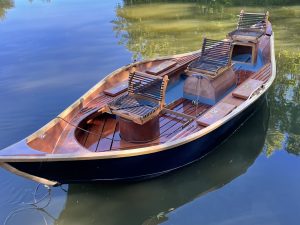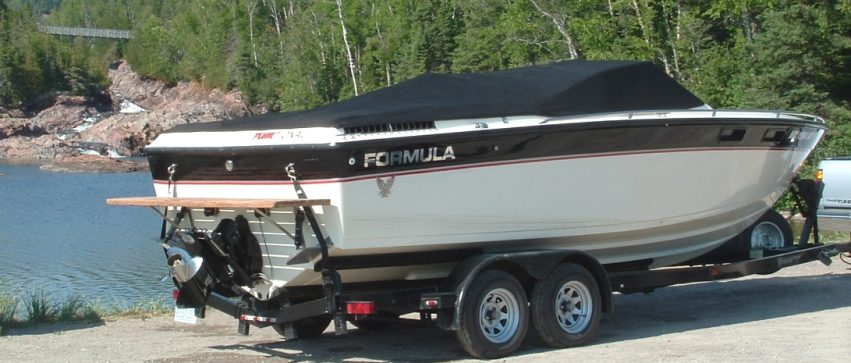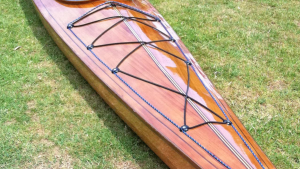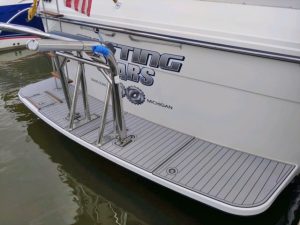
On an older fiberglass boat
By Jeff Wright — Vice President of Technical Services
I believe we have many customers who, like me, use WEST SYSTEM Epoxy simply to keep an older fiberglass boat in good repair. The following are examples of repairs and small projects that I have completed on my personal boat, a Formula 242 LS, over the last ten years. These would apply to many aging production fiberglass boats. Since WEST SYSTEM Epoxy has a shelf life measured in years, it is easy to keep it on your shelf and tackle these tasks when it’s convenient.
Seat Post


Trim Pump

Fasteners in the Transom

Trailer Tool Box

Cooler

Trailer Bunk Bolts

Engine Hatch Hinge


Snaps






